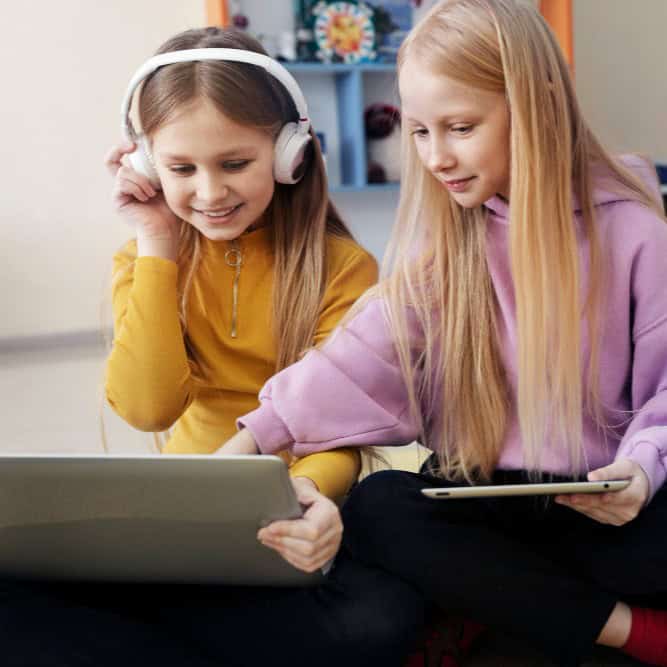Technology has become an essential educational tool in today’s world, especially during the covid pandemic. With online assignments, video lessons, and courses available, the learning method has seen some significant transformations over the past few years.
An advantageous tool in digital learning is educational tablets. They offer an easy and accessible means of education to children. The world is at their fingertips, and they significantly boost the performance and focus of students. They allow students to access interactive learning content while making learning fun. Here are a few benefits of using tablets to support children’s education.
Visualised and Interactive Learning
Tablet-based learning allows children to visualise concepts and gain access to visualisations of concepts. Whether it’s something like solving a math problem, visualising science concepts, or checking out real-world examples, tablets allow children to gain a holistic understanding of concepts.
They can easily record lessons and go back to them whenever they want to remember whatever information they want. It also allows students to gain scientific skills and develops their curiosity. These are highly intuitive and can easily understand lessons, whether it is something as simple as colours or a complex math problem.
Personalised Learning
It is no secret that everyone has different paces of learning. Instructors can use tablet-based learning to ensure that each student can fully grasp concepts at their own pace. E-Learning software can easily create customised plans for each student according to their pace, interests and optimal learning method.
Visual learners can be presented with illustrations, while those with focus issues can use interactive games. This is also great for students with learning disabilities. Those facing troubles due to dyslexia can have long paragraphs dictated to them instead of reading them or dictate information to their tablets that can then convert it to text using software that can utilise natural language processing.
Online education platforms are trending these days, and finding the best one can be difficult. This thinkific and kajabi compared guide will help you choose the right platform that works for you.
Direct Communication
All the major stakeholders, parents, teachers and students, can be connected via technology with tablet-assisted learning. Teachers can track student progress, students can keep track of assignments, syllabus, and homework, and parents can keep track of communications and progress. This means that everything can be monitored, and corrective action can be taken when the need arises. Keeping track of tasks has never been simpler, so forgetfulness does not come into the picture.
Simulations and Gamified Education
Students can explore the world via simulations, be it by flying a plane to understand wind dynamics or exploring the body’s anatomy for a biology lesson. Gamification of concepts takes away a lot of pressure associated with learning and presenting.
This also puts pressure on students and stimulates them to think outside the box and develop innovative ideas. They can walk through forests, explore deep-sea wildlife and do so much more from the comfort of their homes and classrooms. This ensures that the learning never stops while also feeding children enough content to generate a curiosity that pushes them to ask questions and arrive at solutions.
Tablets are much more accessible and easier to carry than computers or textbooks. That is why many educational programs prefer this as a medium of instruction. This allows students to explore the world around them while shaping them into future thinkers and leaders.



